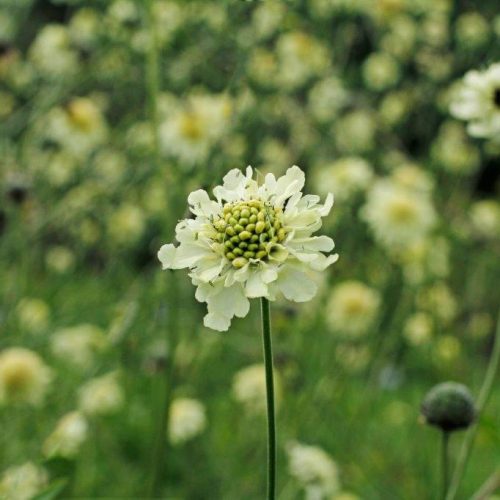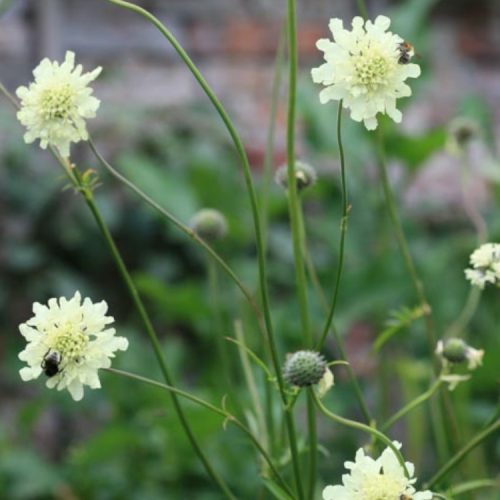Cephalaria
Make a dramatic statement in summer beds and borders with the ethereal, creamy yellow flowers of Cephalaria. With sturdy, upright stalks bearing aromatic foliage and scabious-like blooms, this hardy perennial provides a feast of pollen and nectar for bees, butterflies and other pollinating insects, so it’s fantastic for increasing your garden’s biodiversity. And our Cephalaria bare-root plants are 100% pesticide-free, so they’re an excellent option for organic gardening.
Showing the single result
Showing the single result
Cephalaria is native to southern Europe, northern and southern Africa, and western and central Asia. It’s a member of the Honeysuckle family and the genus of Caprifoliaceae: these annual or perennial herbaceous flowering plants can grow up to 2 metres tall and around one metre across. Cephalaria is brilliant for the back or middle of a large, informal border – while it’s tall, it’s never overbearing, as the delicate stalks allow you to see through to what’s behind.
While lovely in the garden, Cephalaria is also excellent as a cut flower. Combine with verbena bonariensis, tall grasses, dahlias and penstemons in cottage gardens, prairie planting schemes, between larger shrubs or at the edge of a woodland clearing.
Cultivation
Cephalaria enjoys rich, well-drained, but moist soils in a sunny spot or dappled shade. It’s self-supporting in sheltered gardens but may need supporting, for example, with a rustic tepee of hazel poles, in more exposed locations. Cut back hard after the first flowers fade to encourage a second flush. In autumn, cut back faded stems or leave some seedheads for birds to enjoy.
Propagation
Cephalaria self-seeds readily, so remove seedheads if you don’t want them to spread. These perennials will perform at their best for three to four years, after which you should divide them in spring to renew their vigour. Replant the divided clumps one metre apart.
If you’re sowing seeds, start them off indoors in trays at the end of winter, maintaining a temperature of 15 degrees C. Germination can take between three to eight weeks. Pot on the seedlings when large enough to handle and harden off in a cold frame before planting in their final position in mid to late spring. Keep them well-watered in dry weather, and you’ll be rewarded with months of beautiful blooms.


